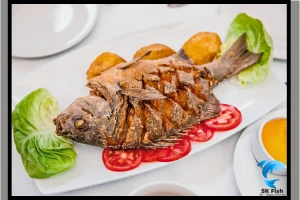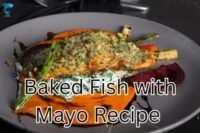Captivating Corydoras Hastatus | Complete Care Guide
Published: 2 Mar 2024
Welcome to the captivating world of Corydoras hastatus. Renowned for its captivating beauty, this blog aims to provide insight into the fascinating world of Corydoras catfish. From intriguing facts to a comprehensive aquarium care guide, we’ve got you covered.
Wondering how to create the perfect environment for your aquatic companion? Fear not! Here, you’ll find all the essential information you need to ensure the well-being of your Corydoras. Let’s embark on a journey to discover the amazing world of Corydoras together!
What is Corydoras Hastatus?
Corydoras, commonly known as “Dwarf Corydoras” or “Pygmy Corydoras,” is a small fish that has earned its place as a popular choice for aquarium enthusiasts. Belonging to the subfamily Corydoradinae within the Callichthyidae family, these charming fish are known for their ease of adaptation, making them an excellent choice for both novice and expert aquarists alike.
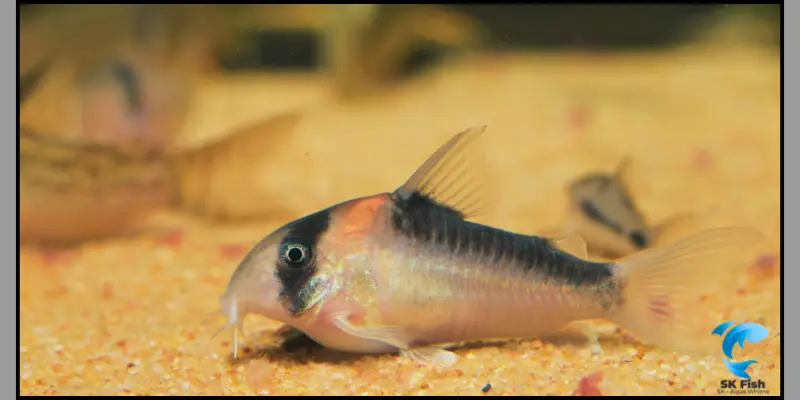
Common Names
Corydoras catfish are known by various names, each reflecting their unique characteristics. Some of the common names used to refer to these fascinating fish include:
| Also Known as: |
|---|
|
Weight and Size
The Corydoras pygmy is a small freshwater fish whose size and weight depend on various factors such as diet and environment. Typically, adult Corydoras reach a maximum size of just 1 inch, with their weight totaling just a few grams.
Lifespan and Reproduction
Proper diet, care, and a suitable environment are crucial for ensuring the longevity of the Pygmy Cory. On average, these fascinating fish can live for 6 to 10 years when provided with optimal conditions.
Corydoras are egg-laying species, and their reproductive process is truly fascinating. It begins with male Corydoras pygmy engaging in courtship behaviors, chasing and displaying distinctive mating behaviors to attract female counterparts.
After successful courtship, females release eggs which are then fertilized by the males. Following a few days, the eggs hatch, giving rise to fry. These newly hatched fry require specialized nourishment, which can include commercial fry food or live foods to support their growth and development.
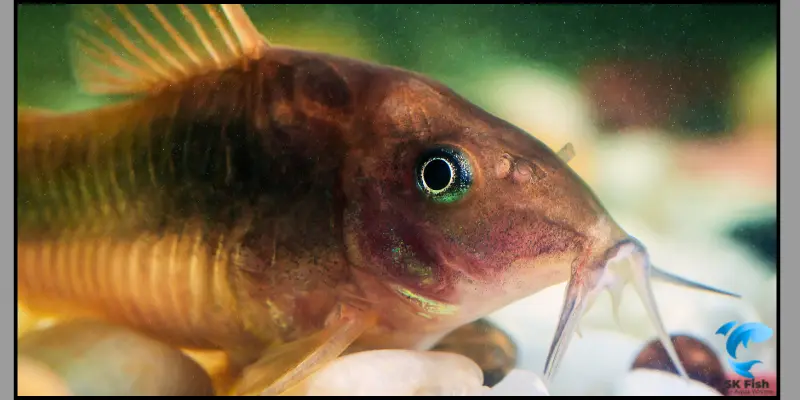
Key point: After the female Corydoras has laid her eggs, it’s essential to promptly remove the adult fish from the breeding tank. This step is crucial as adult fish, including both males and females, may consume the eggs, posing a risk to their survival. Removing the adults helps protect the eggs and increases the chances of successful hatching and fry development.
Aquarium Care Guide
Here, you will discover essential care tips to ensure your Corydoras hastatus thrives in the best possible environment, promoting its health and well-being. Let’s delve into the comprehensive care guide for Corydoras hastatus!
Tank Size
The Pygmy Corydoras is a small fish ideally suited for smaller tanks. A standard tank size of 10 gallons is typically recommended for Corydoras species. However, the appropriate tank size may vary depending on factors such as the size of the fish, their swimming behavior, and any territorial tendencies.
Tank Decor
Tank decoration plays a crucial role in providing a natural and enriching environment for Corydoras. Utilizing substrates such as sand, rocks, driftwood, live plants, and artificial plants helps recreate natural habitats and offers essential hiding places for these fish.
Water Parameters
Maintaining optimal water parameters is essential for the well-being of Pygmy Catfish. Regular testing of water parameters such as temperature, pH, ammonia, and nitrate levels using reliable aquarium test kits is recommended. The ideal temperature range for Corydoras is typically between 20 to 25 degrees Celsius, with a pH level ranging from 6.5 to 7.4.
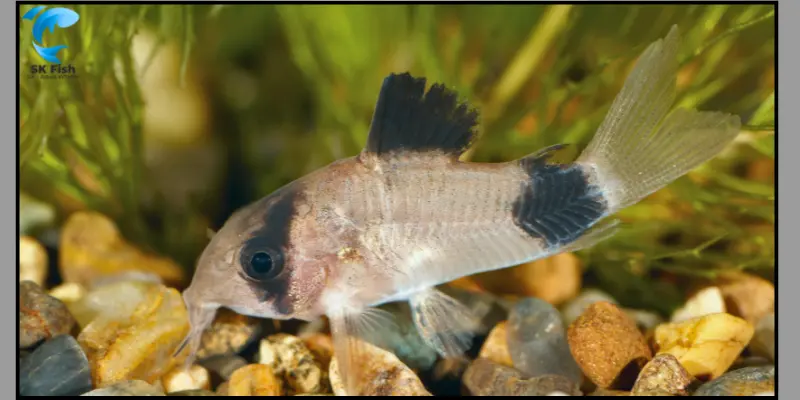
To ensure water quality remains pristine, regular weekly water changes of 10 to 20% are advisable. Additionally, the use of a quality filtration system can help remove impurities and trace elements, further promoting a healthy aquatic environment for these fish.
Tank Mates
The selection of suitable tank mates is crucial for the well-being of both Corydoras and their companions. Opting for non-aggressive and small species such as Danios, Rasboras, and Tetras can make excellent tank mates for Corydoras, fostering a harmonious aquatic community.
Diet for Corydoras
Ensuring a varied diet is essential for promoting the health and longevity of Cory hastatus. As omnivorous species, they benefit from a diverse range of foods. A comprehensive diet for small Corydoras may include:
- Sinking pellets
- Sinking dried foods
- Frozen foods
- Vegetable-based foods
- Algae wafers
Sick & Healthy Signs for Corydoras
Recognizing both the signs of health and illness in your pygmy cory is crucial for ensuring their longevity and well-being.
| Healthy Signs |
|---|
|
| Sick Signs |
|---|
|
Reasons: The main reasons behind these signs of sickness include factors such as elevated nitrate levels, poor water quality, aggression from tank mates, inadequate diet, stress, and insufficient tank maintenance. Addressing these issues promptly is essential for restoring the health of your Corydoras hastatus.
Solution: To mitigate elevated nitrate levels, it’s important to conduct regular water testing and maintain optimal parameters. Selecting non-aggressive tank mates, providing a balanced diet, minimizing stressors, and improving overall tank maintenance are effective strategies for reducing nitrate levels and promoting the health of your hastatus cory.

Conclusion
In conclusion, we explored the amazing facts about our gorgeous buddy small corydoras. This species offers a captivating addition to the aquarium for aquarists. We explored their different names, sizes, weights, lifespans, reproduction, and complete aquarium care guide. This blog helps you understand the crucial factors about keeping this species whether you’re a novice or an experienced aquarist. Share your feedback in the comment section.
FAQs
How big are hastatus corydoras?
Hastatus corydoras are small species, reaching up to just 1 inch in length and weighing only a few grams.
What do pygmy catfish eat?
Pygmy catfish are omnivorous species with a varied diet. They consume sinking pellets, frozen foods, dried foods, algae, and vegetable-based foods.
How many pygmy corydoras should be kept together?
Pygmy corydoras are small, social fish. They are peaceful species and it is recommended to keep a minimum of six corydoras together in the aquarium.
Does pygmy cory eat algae?
Pygmy corydoras are omnivorous species and are not typically known to specifically consume algae. However, they may inadvertently ingest some algae while foraging for food in the aquarium substrate.

SK Fish is your trusted source for practical fish care tips and delicious seafood recipes. Our team is dedicated to providing reliable, well-researched content for fishing enthusiasts and home cooks alike.

- Be Respectful
- Stay Relevant
- Stay Positive
- True Feedback
- Encourage Discussion
- Avoid Spamming
- No Fake News
- Don't Copy-Paste
- No Personal Attacks



- Be Respectful
- Stay Relevant
- Stay Positive
- True Feedback
- Encourage Discussion
- Avoid Spamming
- No Fake News
- Don't Copy-Paste
- No Personal Attacks
